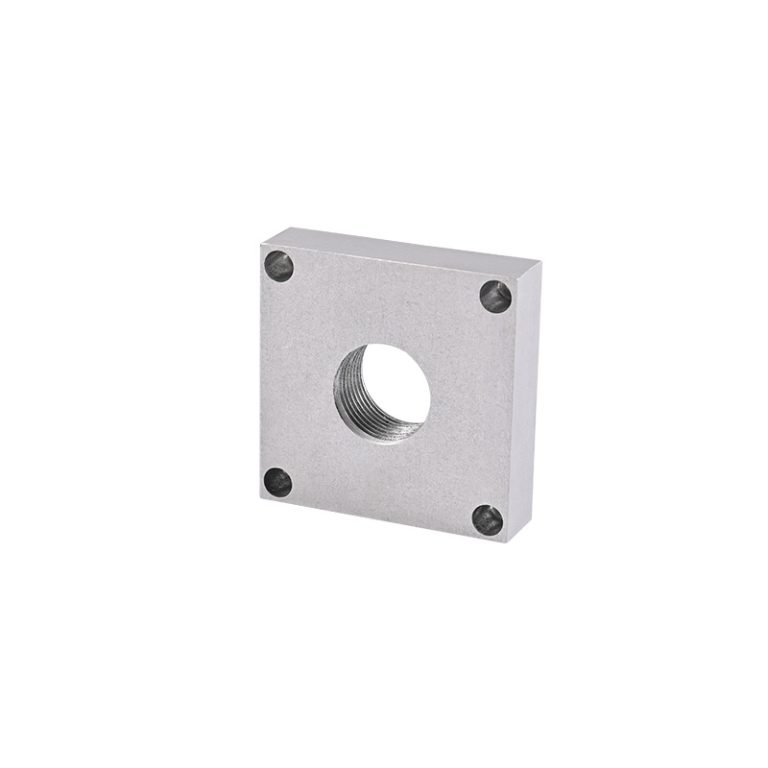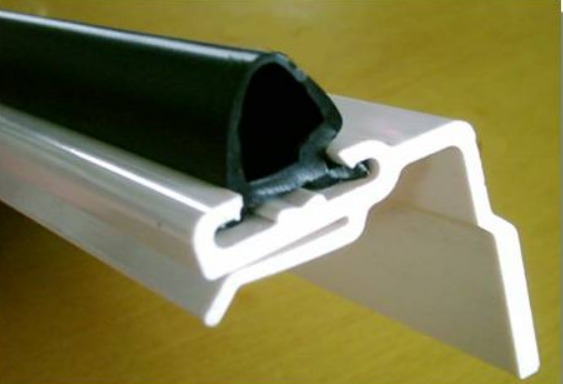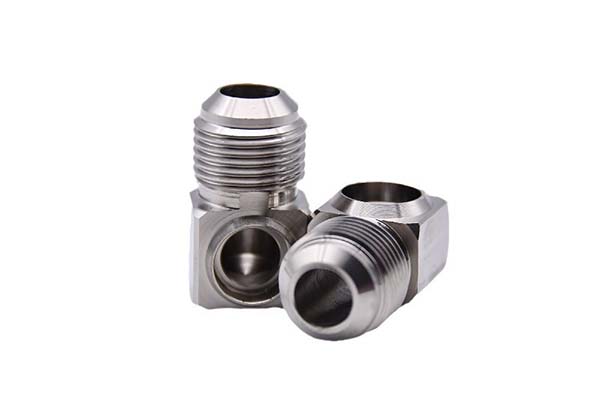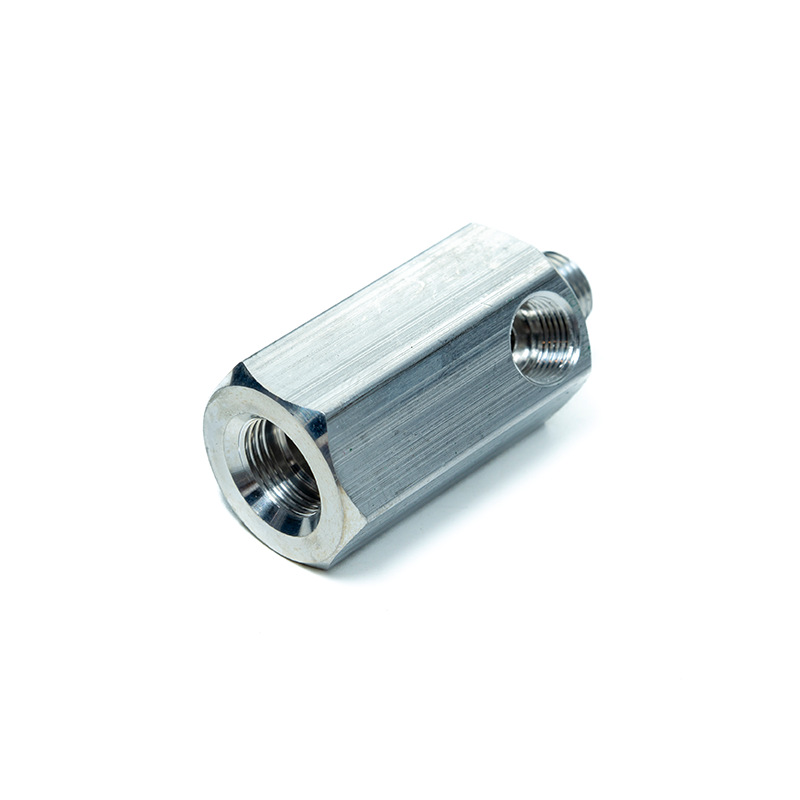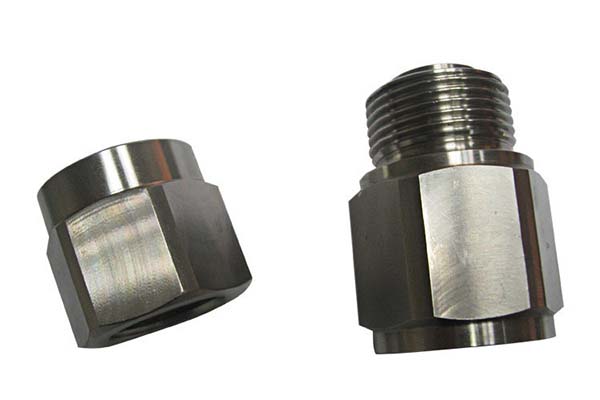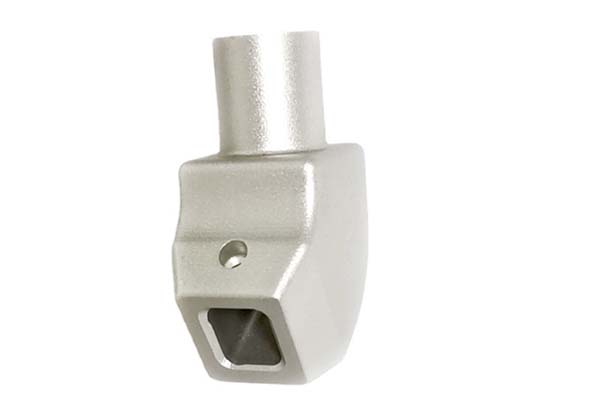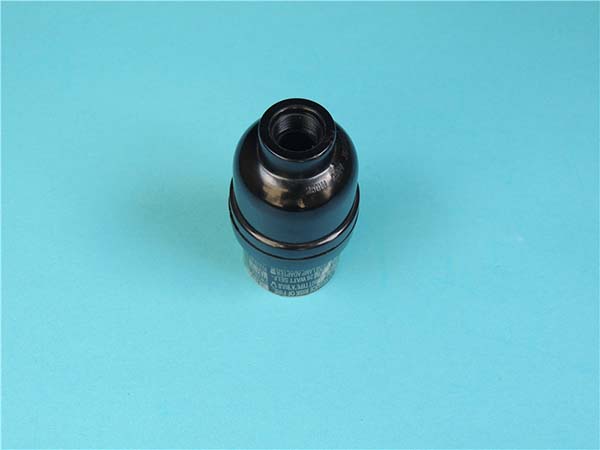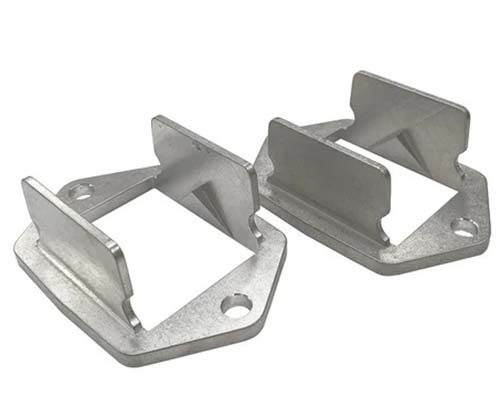Imagine a scenario where a medical device component is machined with a 0.01mm deviation from the required dimensions. That tiny error could render the device unsafe for use, leading to costly recalls and damaged reputations. Or consider an aerospace part that fails to meet its tolerance levels—such a mistake could compromise an entire aircraft’s integrity. These aren’t hypothetical situations: a 2024 report from the Manufacturing Quality Institute found that poor machining accuracy costs the industry over $12 billion annually in scrap, rework, and lost business. Whether you’re struggling with inconsistent tolerance levels in CNC machines or failing to detect 微小偏差 with your measurement tools, achieving reliable machining accuracy can feel like an uphill battle. In this guide, we’ll explore what machining accuracy truly means, the factors that affect it, and actionable techniques to ensure your parts meet the strictest standards.
Definition and Importance: What Makes Accuracy Critical?
Machining accuracy refers to how closely a machined part matches its intended design specifications, typically measured in fractions of a millimeter or even microns. It’s important to distinguish between precision vs. accuracy: precision is about consistency in repeated measurements, while accuracy is about hitting the target dimension. For example, a machine that consistently produces parts 0.02mm too small is precise but not accurate.
The importance of machining accuracy can’t be overstated:
- Product performance: A gear with poor accuracy can cause excessive wear, noise, and premature failure in machinery.
- Assembly fit: Parts that don’t meet tolerance levels (e.g., ±0.005mm for aerospace components) may not assemble properly, delaying production.
- Safety: In medical devices and automotive braking systems, even minor inaccuracies can have life-threatening consequences.
- Cost savings: A 1% improvement in accuracy reduces scrap rates by an average of 15%, according to industry data.
Quality assurance programs rely heavily on maintaining machining accuracy, as it directly impacts customer satisfaction and compliance with industry regulations.
Factors Affecting Accuracy: The Hidden Variables
Achieving consistent machining accuracy requires controlling a host of factors, some obvious and others surprising:
- Machine tool condition: Wear in ball screws or guide rails can introduce errors of 0.001mm per meter of travel. A study found that 30% of accuracy issues stem from poorly maintained machines.
- Tool wear: Carbide tools can wear by 0.005mm after 30 minutes of continuous milling in hardened steel, altering dimensions.
- Material properties: Thermal expansion of aluminum can cause a 100mm part to grow by 0.02mm with a 10°C temperature rise, throwing off tolerances.
- Vibration: Even small vibrations (0.01mm amplitude) during turning can create surface finish defects and dimensional errors.
- Fixture and clamping: Uneven clamping force can distort parts—for example, a thin-walled cylinder may deform by 0.05mm when over-clamped.
- Environmental factors: Temperature fluctuations, humidity, and even floor vibrations from nearby equipment can affect accuracy. One electronics manufacturer reduced errors by 40% after installing a climate-controlled machining cell.
The table below shows how different factors impact accuracy in common processes:
| Factor | Impact on Milling (±mm) | Impact on Turning (±mm) | Impact on Grinding (±μm) |
| Tool wear | 0.005–0.02 | 0.003–0.015 | 0.5–2 |
| Thermal expansion | 0.001–0.01 | 0.001–0.008 | 0.1–1 |
| Vibration | 0.002–0.01 | 0.001–0.005 | 0.2–1.5 |
Measurement and Inspection: Verifying Accuracy
You can’t improve what you don’t measure. Here are the key tools and methods for ensuring accuracy:
- Calipers and micrometers: Essential for basic measurements, with digital versions offering accuracy down to 0.001mm. They’re ideal for quick checks on automotive parts and general machinery components.
- CMM (Coordinate Measuring Machine): These precision instruments use touch probes or laser scanners to measure complex parts with accuracy up to 0.5μm. They’re indispensable for aerospace components and medical devices.
- Laser trackers: For large parts (up to 100 meters), laser trackers measure with 0.025mm accuracy, making them perfect for wind turbine components and shipbuilding.
- Surface finish measurement: Profilometers check surface finish (Ra values), which is critical for seals and bearing surfaces. A Ra of 0.8μm is typical for hydraulic cylinder bores.
Inspection methods should be tied to part criticality: a simple bracket might need a 10% sample check, while a pacemaker component requires 100% inspection with CMM and dimensional analysis.
Techniques for Improvement: Moving the Needle on Accuracy
Even the best machines can benefit from targeted improvements:
- Machine calibration: Annual calibration by certified technicians can reduce errors by 30–50%. For high-precision work, quarterly calibration is recommended.
- Tool compensation: Modern CNC controls allow for real-time tool compensation to account for wear, extending tool life and maintaining accuracy.
- Fixture design: Rigid, thermally stable fixtures minimize part movement. One aerospace supplier reduced variation by 60% by switching to carbide fixtures.
- Software simulation: CAM software with collision detection and tolerance analysis can predict errors before machining, saving time and material.
- Statistical process control (SPC): Monitoring key dimensions with SPC charts helps identify trends, allowing corrective action before parts go out of spec. A case study showed SPC reduced out-of-tolerance parts by 45% in a valve manufacturing plant.
Machining Processes: Accuracy Across Methods
Different machining processes have unique accuracy capabilities and challenges:
- Grinding: Achieves the highest accuracy (±0.0005mm) and finest surface finishes, making it ideal for bearing races and precision shafts.
- EDM (Electrical Discharge Machining): Works well for hard materials, with accuracy down to ±0.001mm, though it’s slower than milling.
- Laser cutting: Offers ±0.02mm accuracy for thin materials, perfect for electronics and sheet metal parts.
- Water jet cutting: Good for thick materials, with accuracy around ±0.1mm, suitable for industrial machinery components.
Precision machining techniques often combine processes—for example, rough milling followed by grinding for final accuracy.
Equipment and Tools: The Right Gear for the Job
Investing in the right equipment is key to maintaining accuracy:
- High-precision lathes: These machines, with spindle runout under 0.001mm, are essential for turning medical device components.
- CNC machines with thermal compensation: Advanced controls adjust for temperature changes, reducing errors by 40% in long production runs.
- Cutting tools with coatings: Titanium nitride (TiN) coatings reduce wear, maintaining edge sharpness and accuracy longer.
- Coolant systems: High-pressure coolant (70–100 bar) improves chip evacuation, reducing tool deflection and improving accuracy in deep drilling.
- Automation and robotics: Automated loading/unloading minimizes human error, leading to more consistent results. One automotive supplier saw a 25% accuracy improvement after automating their milling cells.
Applications and Standards: Meeting Industry Requirements
Accuracy requirements vary widely by industry:
- Aerospace: Parts like turbine blades require tolerances as tight as ±0.002mm, adhering to ANSI and AS9100 standards.
- Medical devices: Implants demand ±0.001mm accuracy and strict compliance with ISO 13485.
- Electronics: PCB components often need ±0.01mm tolerances to ensure proper fit in compact devices.
- Industrial machinery: Bearings and gears typically require ±0.01–0.05mm, following ISO standards.
Meeting these industry-specific requirements isn’t just about avoiding penalties—it’s about gaining a competitive edge. Customers in regulated industries are willing to pay 10–15% more for parts with proven accuracy.
Yigu Technology’s Perspective
As a leading custom manufacturing supplier in China, Yigu Technology prioritizes machining accuracy in every project. We maintain our CNC machines with weekly calibration and use CMM inspection for all critical parts. Our team combines advanced fixture design with software simulation to achieve tolerances as tight as ±0.001mm for aerospace and medical clients. We also implement statistical process control (SPC) to ensure consistency across production runs. For us, machining accuracy isn’t just a specification—it’s a promise to deliver parts that perform reliably, every time.
FAQ
- What’s the difference between tolerance and machining accuracy?
Tolerance is the allowable deviation from a dimension (e.g., ±0.01mm), while machining accuracy is how closely the part actually matches the target dimension. A part can be accurate (within tolerance) or inaccurate (outside tolerance).
- How often should CNC machines be calibrated to maintain accuracy?
For general machining, annual calibration is sufficient. For high-precision work (±0.002mm or tighter), calibrate every 3–6 months. Also calibrate after major maintenance or if accuracy issues arise.
- Can manual machining achieve the same accuracy as CNC machining?
Skilled machinists can achieve ±0.01mm accuracy manually, but CNC machines consistently hit ±0.001mm or better. CNC is also more repeatable, making it better for high-volume or tight-tolerance parts.
